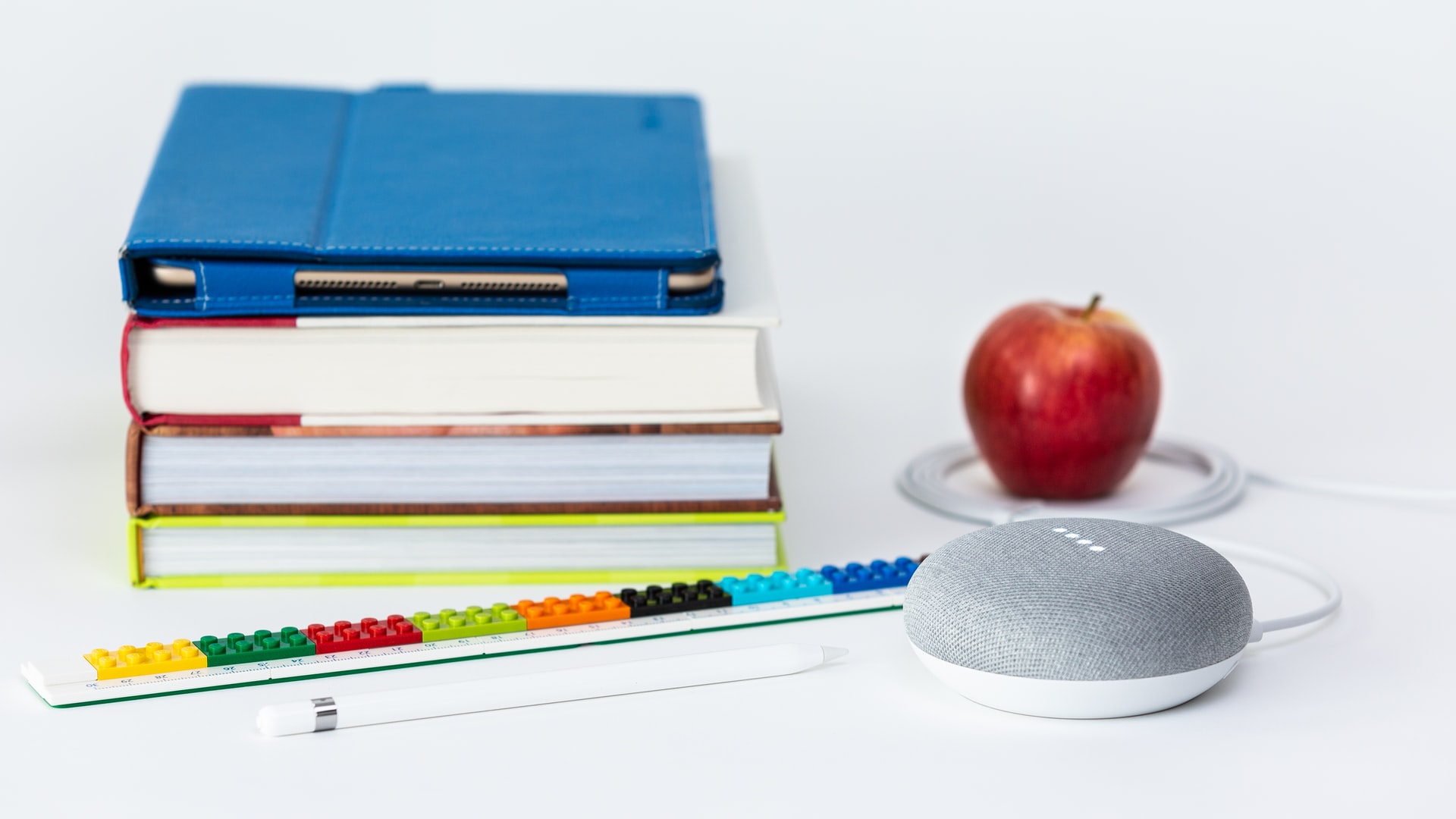5 Calming Mind-Body Exercises To Try With Your Students

In today’s fast-paced world, it’s important for students to have tools and exercises that can help them calm their minds and relax their bodies. Incorporating mind-body exercises into the classroom can not only promote a sense of inner peace and well-being but also enhance focus, reduce stress, and improve overall mental health. Here are five calming mind-body exercises that you can try with your students:
1. Deep Breathing: Deep breathing is a simple yet effective exercise that can help students find their inner calm. Encourage your students to take slow, deep breaths, inhaling through the nose and exhaling through the mouth. You can guide them through this exercise by counting the breaths or using visualizations such as imagining inhaling positive energy and exhaling negativity.
2. Progressive Muscle Relaxation: Progressive muscle relaxation involves systematically tensing and then releasing different muscle groups in the body. This exercise helps students identify areas of tension and learn to relax them. Start by having students tighten their fists for a few seconds and then release. Move on to other muscles such as the shoulders, jaw, and toes. Encourage them to pay attention to the sensations of relaxation that follow.
3. Guided Imagery: Guided imagery is a powerful tool that can transport students to a peaceful and calming place in their minds. Lead a guided visualization session by describing a serene and safe environment, such as a beach or a forest. Encourage students to use all their senses to imagine the sights, sounds, smells, and textures of this place. Allow them to fully immerse themselves in the experience, helping them to relax and reduce stress.
4. Yoga and Stretching: Incorporating yoga or stretching exercises into the classroom can do wonders for both the mind and body. Introduce students to simple yoga poses like Child’s Pose, Tree Pose, or Downward-Facing Dog. Alternatively, lead them through a series of gentle stretches that target different muscle groups. These exercises promote relaxation, improve flexibility, and release tension.
5. Mindfulness Meditation: Mindfulness meditation encourages students to fully focus on the present moment without judgment. Start by guiding students through a body scan, where they pay attention to sensations in each part of their body. Then, have them observe their thoughts and emotions without becoming attached to them. Practicing mindfulness meditation regularly can improve attention, concentration, and self-awareness.
Incorporating these calming mind-body exercises into your classroom routine can create a positive and supportive environment where students can develop important self-care skills. By teaching them techniques to calm their minds and relax their bodies, you are equipping them with invaluable tools to navigate life’s challenges with resilience and ease.



